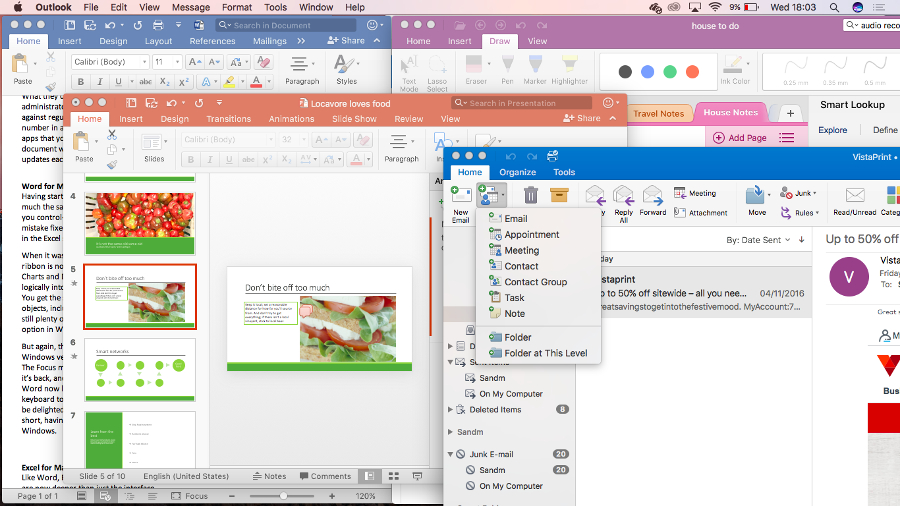Important: If you incorrectly enhance the Normal design template, you can simply regain the default actions by removing, renaming, or moving it. The Normal template is definitely automatically recreated the following period that you open Word. Nevertheless, the exact same cannot become stated for some other web templates. You should usually develop a copy of any various other template before you alter it. Shift the default font Changing the default fónt in any tempIate means that the font will be utilized in every fresh document that can be structured on that design template.
For illustration, the default font for new blank records is structured on the Regular template. Open up the template or a record based on the template whose default settings you would like to alter. On the Structure menu, click Font, and after that click the Font tabs. Make any changes that you wish, and then click Default. Be aware: Many of the styles in Phrase are centered on the Regular style.
Menu for mac and cheese. The web page screen should shrink down to an iPhone 6 Plus' size, and you can zoom in a bit by clicking the + icon next to the number at the top right of the grid—that's how the site would look if someone zoomed in on mobile. Go ahead enlarge the view by dragging the right edge of the web page emulation right. If you have been looking for a more simple way to batch save web pages resources, such as in HTML format, to PDF for website building, you can use a PDF Converter for Mac, with original file quality preserved.

Changing the default font also changes the Regular design, which impacts any some other design that is definitely constructed on the Normal style. Switch the default character spacing Altering the default personality spacing in any template means that that the settings for scale, spacing, position, kerning, and other typographic features are utilized in every new document that is usually based on that template. For instance, the character spacing for fresh blank documents is structured on the Regular template. Open the design template or a record structured on the design template whose default settings you wish to alter. On the Format menus, click Font, and after that click the Advanced tabs.
Make any changes that you would like, and after that click Default. Switch the default margins Transforming the default márgins in any tempIate means that that the perimeter settings are used in every brand-new document that can be structured on that design template. For illustration, the margins for fresh blank documents are centered on the Normal template. Open up the design template or a record centered on the template whose default settings you need to change. On the Structure menus, click Document, and after that click the Margins tabs. Make any changes that you desire, and then click Default. Switch the default design Transforming the default layout in any template means that that the area smashes, headers and footers, and other layout attributes are used in every new document that will be structured on that design template.
For instance, the layout attributes for new blank files are based on the Normal template. Open the design template or a document structured on the template whose default settings you desire to change.
On the Format menus, click Record, and after that click the Layout tabs. Create any modifications that you desire, and after that click Default. Modification some other default settings in the Regular template You can personalize the Normal template and change default settings for several aspects of a document, like as text format, paragraph format, document format, styles, text message, pictures, AutoText posts, and key pad shortcuts. To make changes to Regular.dotm, you must open the document from Word. If you open Regular.dotm from the Locater, Phrase will make a new blank record centered on the design template. On the File menu, click Open up.
In the Open up dialog package, search to the folder that contains the Regular.dotm file. If you are usually using Term 2016 for Mac pc, move to /Users/ username/Library/Team Containers/UBF8T346G9.Office/Consumer Content material/Templates. If you are usually using Term for Macintosh 2011, go to /Customers/ username/Library/Application Support/Microsoft/Office/User Templates/My Themes. Suggestions:. If you create extensive changes to your Regular design template, we recommend that you periodically back up the document.
To back up your Normal template, copy the file and rename it, or proceed it to another area. You can rapidly and easily format a entire record to give it a expert and contemporary look by applying a document style. A record theme will be a set of format choices that can consist of a color scheme (a collection of colors), a font plan (a set of heading and entire body text message fonts), and an effects system (a set of lines and fill up effects). To apply a theme:. In Term 2016 for Mac, on the Design tab, click on Designs, and then choose a concept. In Term for Macintosh 2011, on the Home tab, under Styles, click Styles, and after that select a concept.